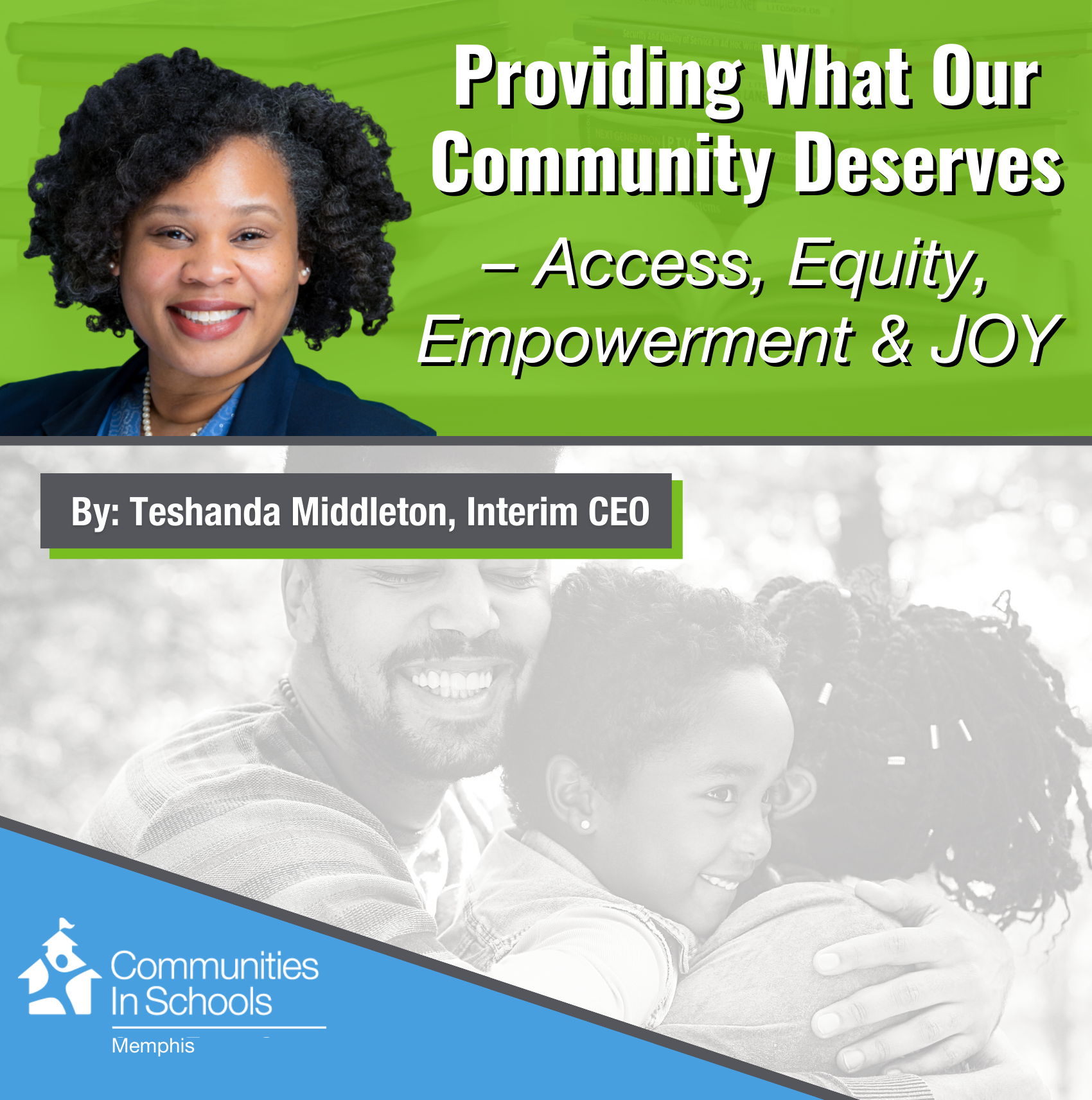Guest Blog: Johnny Blount, Director of Collaborative Action, Literacy Mid-South
Literacy is everywhere–even in our trash. Every food and drink package that ends up crumpled in our wastebasket has a flavor, brand, and list of ingredients that people interpret every day. Yet, we think of literacy as much more complex, ignoring the common literacies that all of us use to navigate our daily lives.
Often, the notion of “being literate” is viewed very narrowly–either in chapter books, newspaper articles, or long written correspondences. These have immense value, but we undersell the benefits of “community literacy” or what we need to interpret to live in a community.
Things like reading street signs, navigating challenging systems, or understanding the realities of a community are in fact literacy.
Our traditionally limited view of literacy traps us in deficit thinking because we don’t value the various forms of literacy demonstrated in life each and every day.
Decades of research and practice show that environmental print (street signs, billboards, food labels, etc.) serve as a starting point for emergent readers. When you contemplate your reading journey, you may have a clear memory of being able to access these items first, unlocking a new world of communication.
Literacy is liberation–it is the key to having freedom of choice, informed decision-making, foundational awareness, and access to spaces that facilitate lifelong security.
We contend that this liberation journey begins in the environment in which you live. Recognizing, celebrating, and fostering lived literacy is key to supporting literacy across the lifespan. In order to create a literate Memphis, we have to both embrace the different types of literacy and nurture them in our community spaces.
What are Community Literacies?
To understand community literacy, we have to first think broader than the written word. Critical literacies are immersive and reach much further than one might assume. Researcher Minda Morren López highlighted helpful categories of critical literacies that are important to keep in mind:
Lived Literacy
People who understand the social and political realities of a community and are able to navigate those realities have lived literacy.
Questioning Literacy
Individuals who embrace complexity through questioning and seeking solutions beyond those that are already established.
Inclusion Literacy
Those who recognize and acknowledge multiple perspectives when contemplating issues and listening to the voices of the marginalized. Inclusion-literate individuals have shared empathy and diverse understanding.
Transformational Literacy
Community members who reflect and act in ways that change communities for the better and understand the processes and steps one must take to create change.
In order to celebrate and foster these types of literacies, communities must first realize, recognize, and value them. The strategies teachers often use to create literacy communities in their classrooms have successful applications in the broader community. They encourage ownership of literacy for all community members, foster a sense of collective responsibility for a literate community, and build relationships that reinforce literacy behaviors.
How Literacy Mid-South’s “Literacy Zone” Model is Strengthening Community Literacies
As an organization, Literacy Mid-South believes that one of the most powerful methods of encouraging literacy across the lifespan is to nurture it within communities. Because of this, we established the Raleigh literacy zone to saturate the community with resources that help build lifelong readers.
The goals of the literacy zone are to highlight the great things happening within the community, coordinate and bolster resources between organizations that directly address the literacy needs of residents, and promote the ways residents champion literacy in their daily lives.
In the literacy zone, cross-sector partners collaborate across a number of ever-growing, community-requested, literacy-building strategies. Current strategies include:
community events and customized learning environments provided in places that are accessible to residents, such as local businesses, community centers, churches, libraries, and more;
community literacy projects that incorporate environmental print;
resources and supports to community-based organizations engaging residents in literacy-building activities;
and more.
These cross-sector partnerships and efforts are led by the Raleigh Community Literacy Council. This council of Raleigh residents and leaders meets to discuss and solve problems, identify community needs, align resources, and distribute funding. They partner with the community anchor organization, For the Kingdom (FTK), to serve as literacy champions, and FTK acts as a hub and convener for activities, access, and information. Together, our goal is to build a strong, liberated community of readers.
To join this literacy zone effort, please let us know how you or your organization can support building literacy in Raleigh by completing this form.















